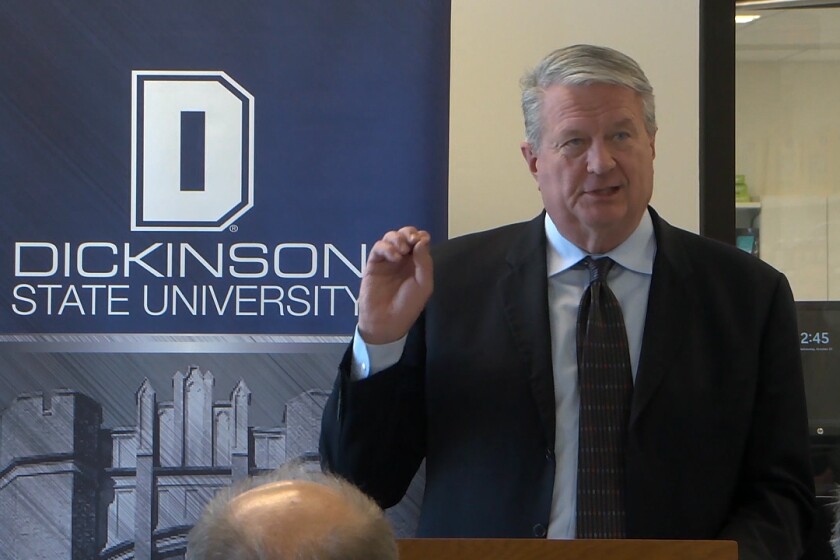URGENT UPDATE: A groundbreaking study from researchers at Western Michigan University reveals critical insights into the application of digital twin (DT) technology for smart facility management (FM). The findings, published in the paper titled “Digital Twin-Enabled Smart Facility Management: A Bibliometric Review,” highlight the transformative potential of DT in enhancing decision-making during the operation and maintenance (O&M) phase of facility lifecycle management.
The research, which examined 248 articles from the Scopus and Web of Science databases spanning from January 2012 to March 2022, provides urgent insights into the current landscape of DT in FM. Despite significant advancements, the study emphasizes a critical gap in comprehensive asset management strategies, underscoring the pressing need for more specialized research on O&M activities.
Researchers Obaidullah Hakimi, Hexu Liu, and Osama Abudayyeh utilized bibliometric analysis to visualize keyword co-occurrence and citation networks, identifying key contributors and core research topics in the field. The findings reveal that research is predominantly focused on four main areas: building information modeling (BIM), AI-driven predictive maintenance, real-time cyber-physical system data integration, and facility lifecycle asset management.
With the global FM market facing unprecedented challenges, the implications of these findings are significant. The study’s citation analysis indicates that the UK, particularly the University of Cambridge, leads in citation impact, while Automation in Construction emerges as the most influential publication source.
Through keyword clustering analysis, researchers identified seven main research clusters, including AI-based predictive maintenance and semantically rich data interoperability. However, the study warns that while theoretical frameworks are prevalent, there is a lack of practical applications and case studies that could drive real-world improvements.
The authors highlight several urgent areas that require further investigation, including AI-based real-time asset prognostics, virtual-based intelligent infrastructure monitoring, and autonomous control feedback. Addressing these gaps is crucial for the advancement of smart facility management and the effective use of digital twin technology in the industry.
As the demand for innovative solutions in facility management intensifies, this research serves as a clarion call for industry stakeholders to prioritize the integration of digital twin technology. The full text of the open-access study can be accessed here: Digital Twin-Enabled Smart Facility Management: A Bibliometric Review.
Stay tuned for further updates as the implications of this study unfold, shaping the future of smart facility management across the globe.






